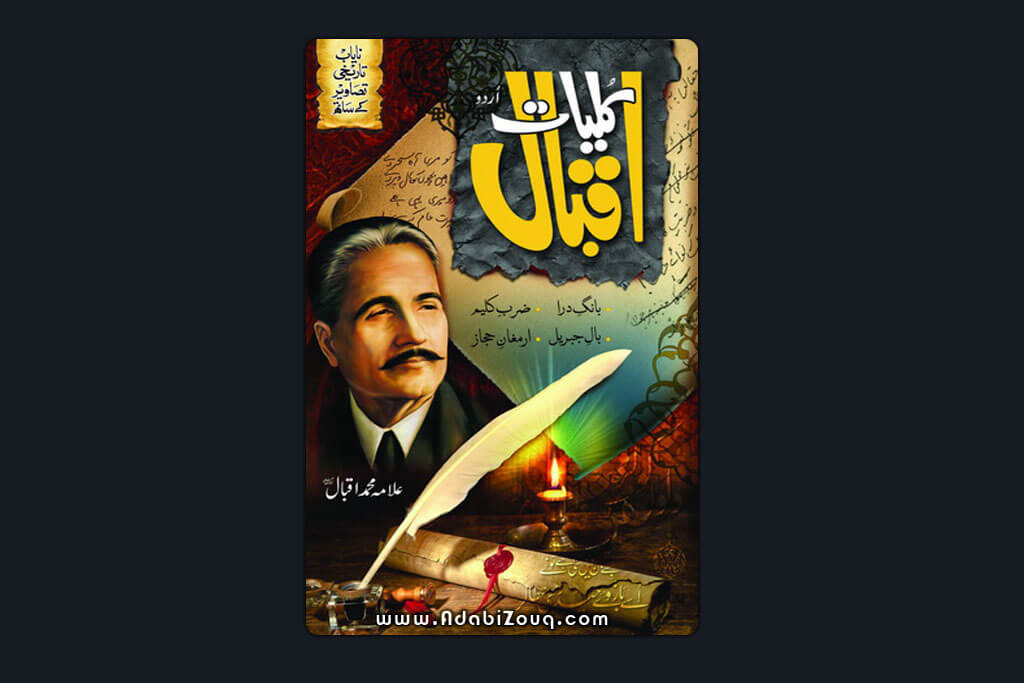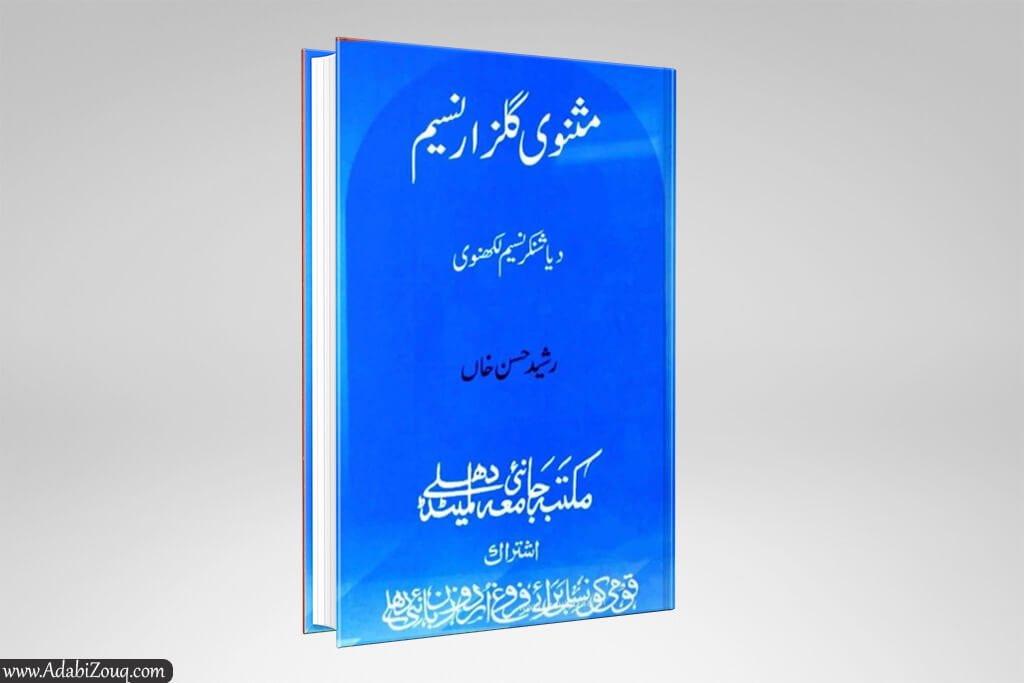Masnavi Sehrul Bayan By Mir Hassan

“Masnavi Sehrul Bayan” is the immortal achievement of Syed Mir Hassan, one of his 12 Masnavis, also known as Qisa Badramunir and Shahzad Benazir. The Masnavi begins with Hamd and naat before returning to Shah Alam II. Asif ud Daula praises him immediately after this.
The edition under review has been compiled by Rasheed Hasan Khan. and includes detailed discussions of all editions, cases, summaries, illustrations, vocabulary, and spelling.
Among Masnavis poets, Meer Hasan Dehlavi (میر حسن دہلوی) is widely regarded as the foremost. While he also wrote other forms of poetry, his Masnavi Sehr-ul-Bayan has retained the most fame. There are some masnavi books that have the most fame like it and as well as Masnavi Gulzar E Naseem.
Masnavi Sehrul Bayan Book Summary
By Masnavi, Mir Hassan has depicted his era and society in full, showing the lifestyle, customs, and mannerisms of that time as shown in the original. The love story between Prince Benazir and Princess Badr Munir is told through this poem.
In addition, the Masnavi Sehrul Bayan (مثنوی سحر البیان) also contains imagery in every aspect, jinn, giants, and fairies and despite the obsolete language, the Masnavi is simple, smooth, and flowing. Mir Hassan liked this Masnavi The first chapter of Masnavi begins with a summary of Mir Hasan’s life and story.
Simple narration, emoting and detailed depiction are the main features of this Masnavi.
Read Also Masnavi Book:Masnavi Maulana Room
Conclusion
In conclusion, Masnavi Sehrul Bayan is one of the most famous and influential works of Mir Hassan Dehlavi. Through this epic poem, Mir Hassan provides a vivid depiction of the society and culture of his time, centering around the love story of Prince Benazir and Princess Badr Munir.
With its simple narration, emotional expressiveness, and intricate imagery, Masnavi Sehrul Bayan has retained its fame and relevance centuries after its composition.
This recent edition by Rasheed Hasan Khan, with its extensive scholarly apparatus, will help introduce new generations of readers to this classic of Indo-Persian literature.




